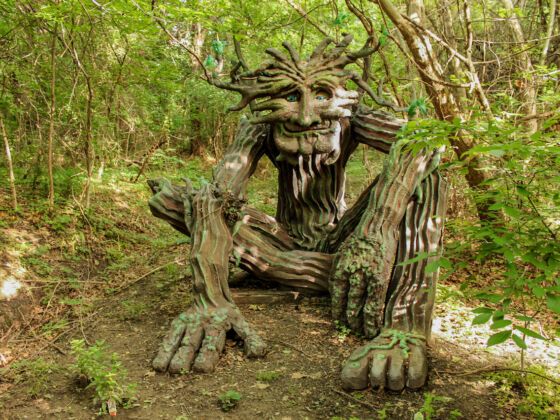As a born-again pagan hoping to keep the UK green, the Green Man seemed a perfect place to start.
The forest symbol was, of course, a part of British heritage and a defender of green spaces. When I started my research into the motif, some of the literature supported my original image of the Green Man; these books generally focused on his spirit.
